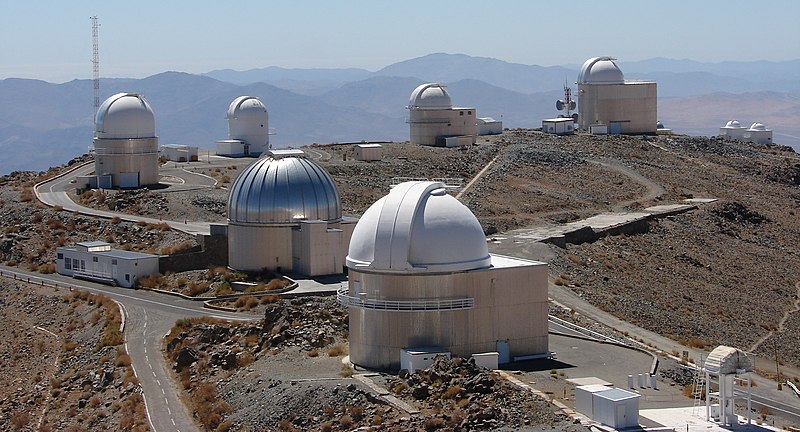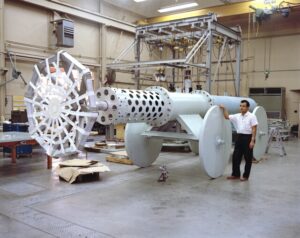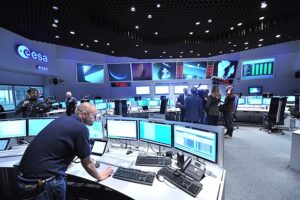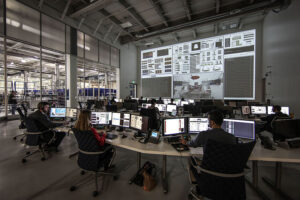The European Southern Observatory (ESO) is a leading astronomical research organization established to provide state-of-the-art observing facilities to astronomers. Headquartered in Garching near Munich, Germany, ESO operates some of the world’s most advanced ground-based telescopes located in Chile’s Atacama Desert, including the Very Large Telescope (VLT) at Paranal Observatory, the Atacama Large Millimeter/submillimeter Array (ALMA), and the upcoming Extremely Large Telescope (ELT).
ESO’s primary objectives are to advance our understanding of the universe through groundbreaking astronomical research, foster international collaboration, and develop innovative technologies for astronomical observations. ESO has achieved numerous milestones, such as capturing the first image of an exoplanet, contributing to the discovery of the accelerating expansion of the universe, and providing crucial data for studying the supermassive black hole at the center of the Milky Way.
History and Evolution
The European Southern Observatory (ESO) was founded in 1962 by a consortium of European countries with the aim of creating a world-class astronomical observatory in the Southern Hemisphere. The initial site chosen for ESO’s operations was La Silla in the Chilean Andes, where the first telescopes were installed in the late 1960s. La Silla Observatory quickly became a hub for astronomical research, housing several medium-sized telescopes that produced significant scientific results.
In the 1980s, ESO embarked on a more ambitious project, the construction of the Very Large Telescope (VLT) at Paranal Observatory in the Atacama Desert. This new site was chosen for its exceptional observing conditions, characterized by clear skies and minimal light pollution. The VLT, consisting of four 8.2-meter telescopes, saw first light in 1998 and has since become one of the most productive and advanced observatories in the world. The VLT’s capabilities in imaging, spectroscopy, and interferometry have led to numerous discoveries, including the first direct image of an exoplanet and detailed studies of the supermassive black hole at the center of our galaxy.
In addition to the VLT, ESO has played a key role in the development of the Atacama Large Millimeter/submillimeter Array (ALMA), a collaboration with North American and East Asian partners. ALMA, located on the Chajnantor Plateau in northern Chile, is the world’s most powerful observatory for studying the universe in millimeter and submillimeter wavelengths. Since its inauguration in 2013, ALMA has provided unprecedented insights into the formation of stars, galaxies, and planetary systems.
Looking to the future, ESO is currently constructing the Extremely Large Telescope (ELT), set to become the world’s largest optical/near-infrared telescope. The ELT, with a primary mirror diameter of 39 meters, will enable astronomers to tackle some of the most pressing questions in astrophysics, including the nature of dark matter and dark energy, the properties of exoplanets, and the conditions for the emergence of life in the universe.
Through these projects and ongoing advancements, ESO has established itself as a leader in astronomical research, pushing the boundaries of our knowledge and technological capabilities.
Infrastructure and Facilities
The European Southern Observatory (ESO) operates several state-of-the-art facilities that support its astronomical research objectives:
- Paranal Observatory: Home to the Very Large Telescope (VLT), consisting of four 8.2-meter Unit Telescopes and four 1.8-meter Auxiliary Telescopes.
- La Silla Observatory: Features several medium-sized telescopes, including the 3.6-meter telescope and the New Technology Telescope (NTT).
- Atacama Large Millimeter/submillimeter Array (ALMA): A collaboration with international partners, consisting of 66 high-precision antennas located on the Chajnantor Plateau.
- Extremely Large Telescope (ELT): Currently under construction, it will be the world’s largest optical/near-infrared telescope with a 39-meter primary mirror.
- ESO Headquarters: Located in Garching, Germany, it houses administrative offices, research facilities, and technical development labs.





